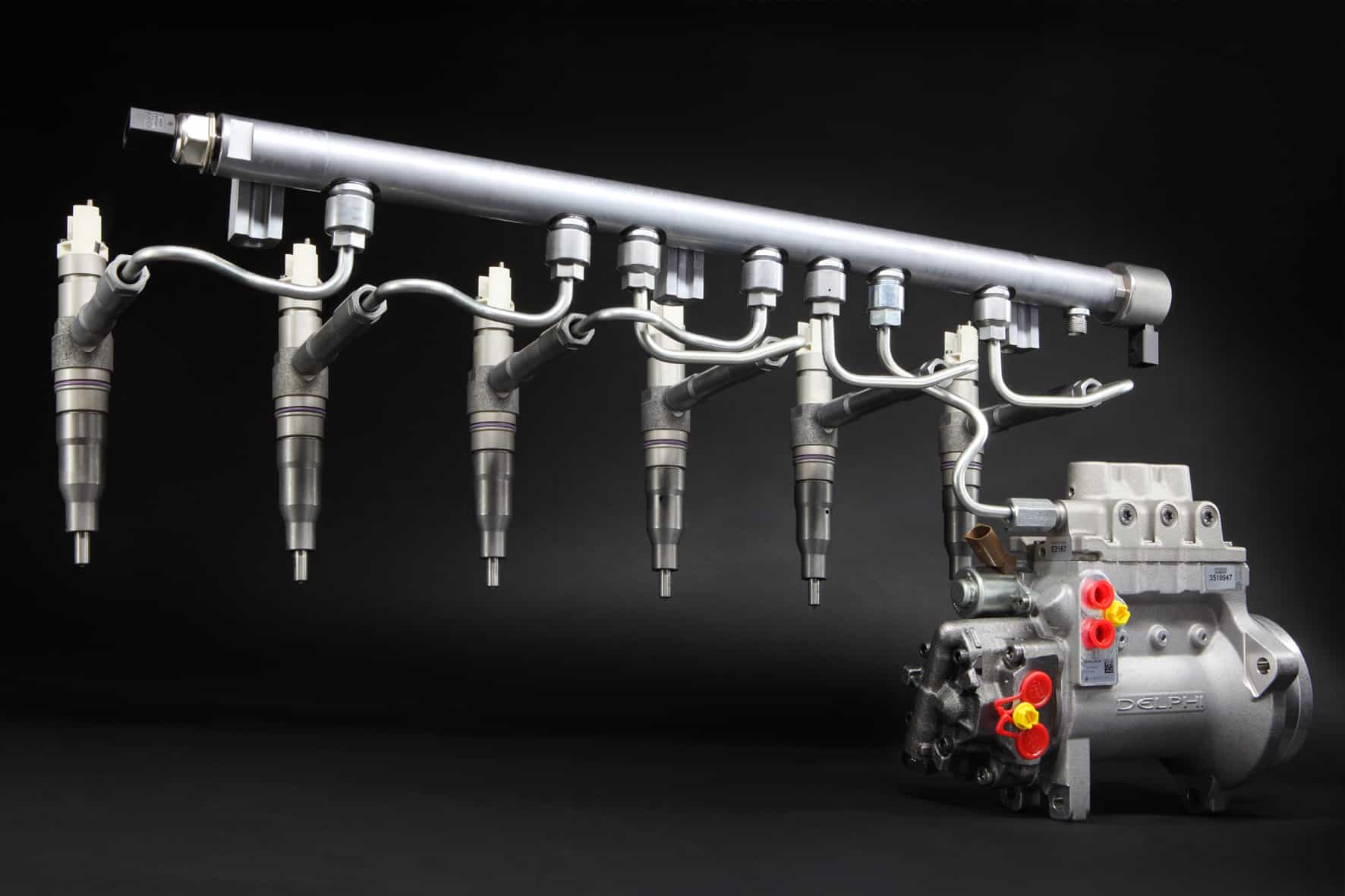Comparing Pump Duse vs Common rail engines, it should be noted that both are diesel engines and Pump Duse was used by the Volkswagen company – the name comes from the function, pump metering (in German the word is Pump Duse). Common rail engines have been known to require less mechanical work with the various components than Pump Duse engines; common rail engines function as follows:
- Low pressure pump sends fuel to the injectors
- Injectors go to cylinders which pressurize fuel and add very exact amounts of combustion chamber as required
- The main control unit for the system calibrates and controls fuel flow, pressure and timing while monitoring the operation conditions of the engine at all times
Common rail engines are now designed to work more quietly under the hood while needing less mechanical fine tuning and offering a more exacting fuel delivery system. Additionally no special oil is required.
Pump Duse engines function as follows:
- There are multiple cam-operated high pressure fuel pumps
- These fuel pumps go to each cylinder
- Each cylinder is combined as one unit which includes the injector
Pump Duse is said to use more fuel than Common rail diesel engines; as with many technologies designed to give more torque and power to an engine the Pump Duse can be found in heavy equipment vehicles but is disappearing from the car engine market. Pump Duse in VW cars came into the global market in the 1.9 Liter and 2.0 Liter versions; it was built as a newer version of VW’s TDi (turbo diesel) engine. One benefit was a more fuel efficient design, other factors which made the Pump Duse popular include the greatly decreased output of emissions which made it as smokeless as a gasoline engine and equally able to accelerate the way gas engines can. A drawback is that the Pump Duse is usually more expensive to replace and requires special oil to run.
In 2009 the Common rail engine replaced the Pump Duse. Common rail engines offer even more engine efficiency and power yet still allow the driver to get good fuel efficiency and greater emissions control. It has been said that in a short sprint with two engines of about the same size for vehicles of the same size the Pump Duse wins out as it can accelerate faster than the Common rail but average consumers are probably not as interested in that as the overall fuel economy of each engine. Common rail are also known as silent turbo-diesel engines, Pump Duse vs Common rail mpg is best compared among similar types of engines and vehicles.

